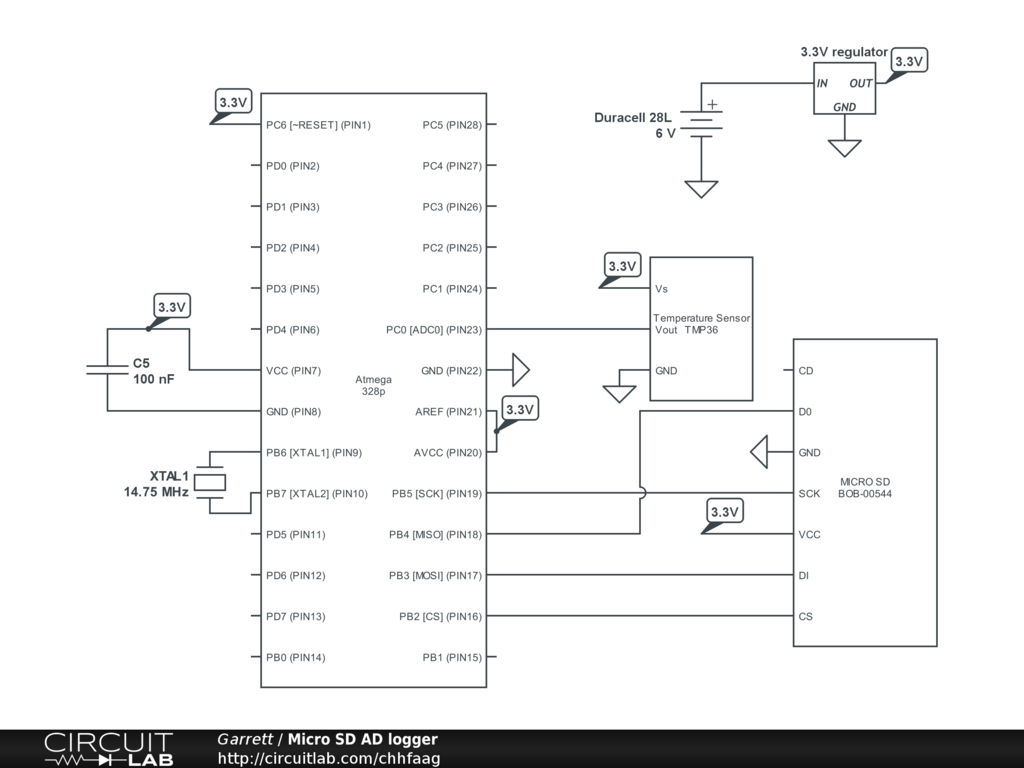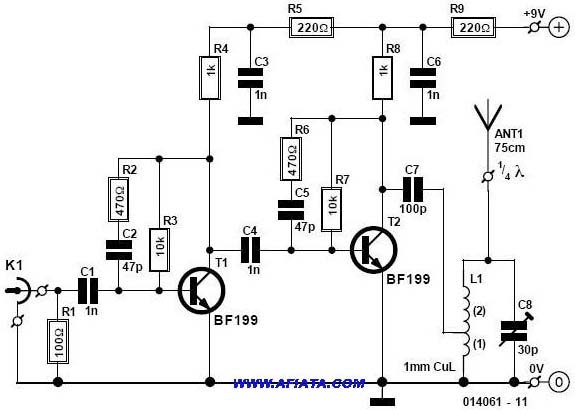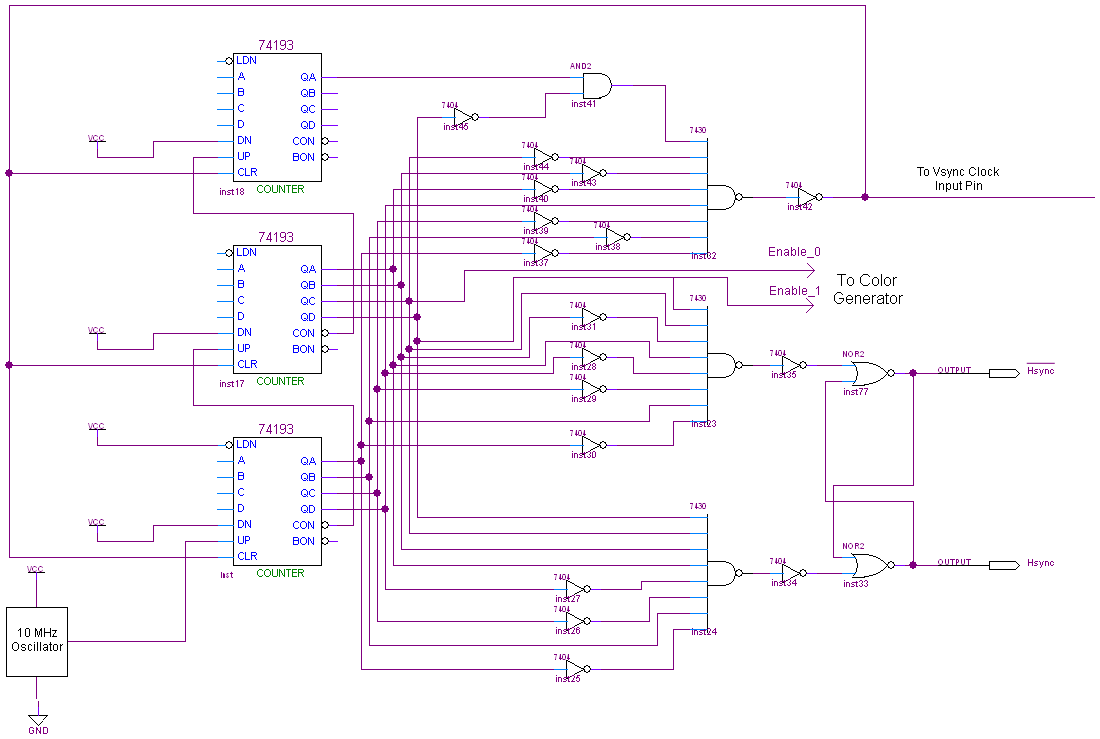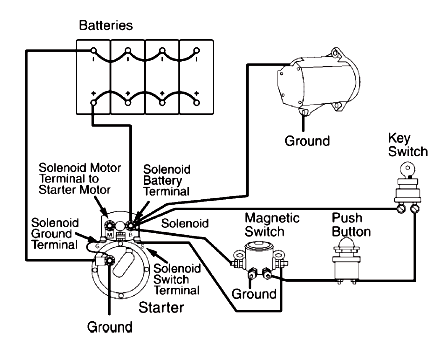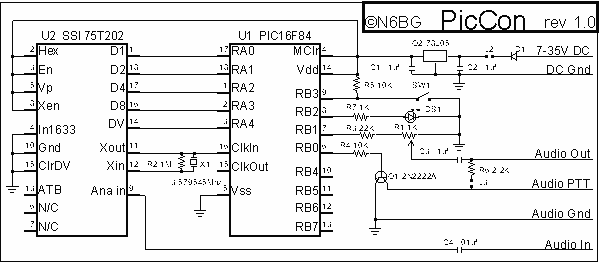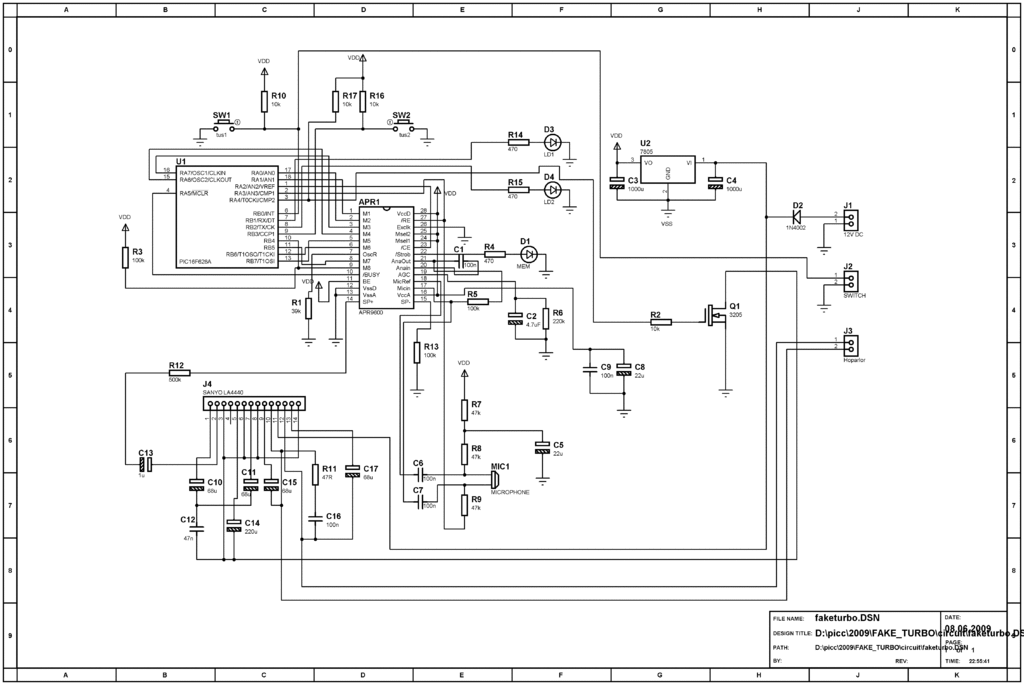
How To Keep Your Radio On When You Start Your Car
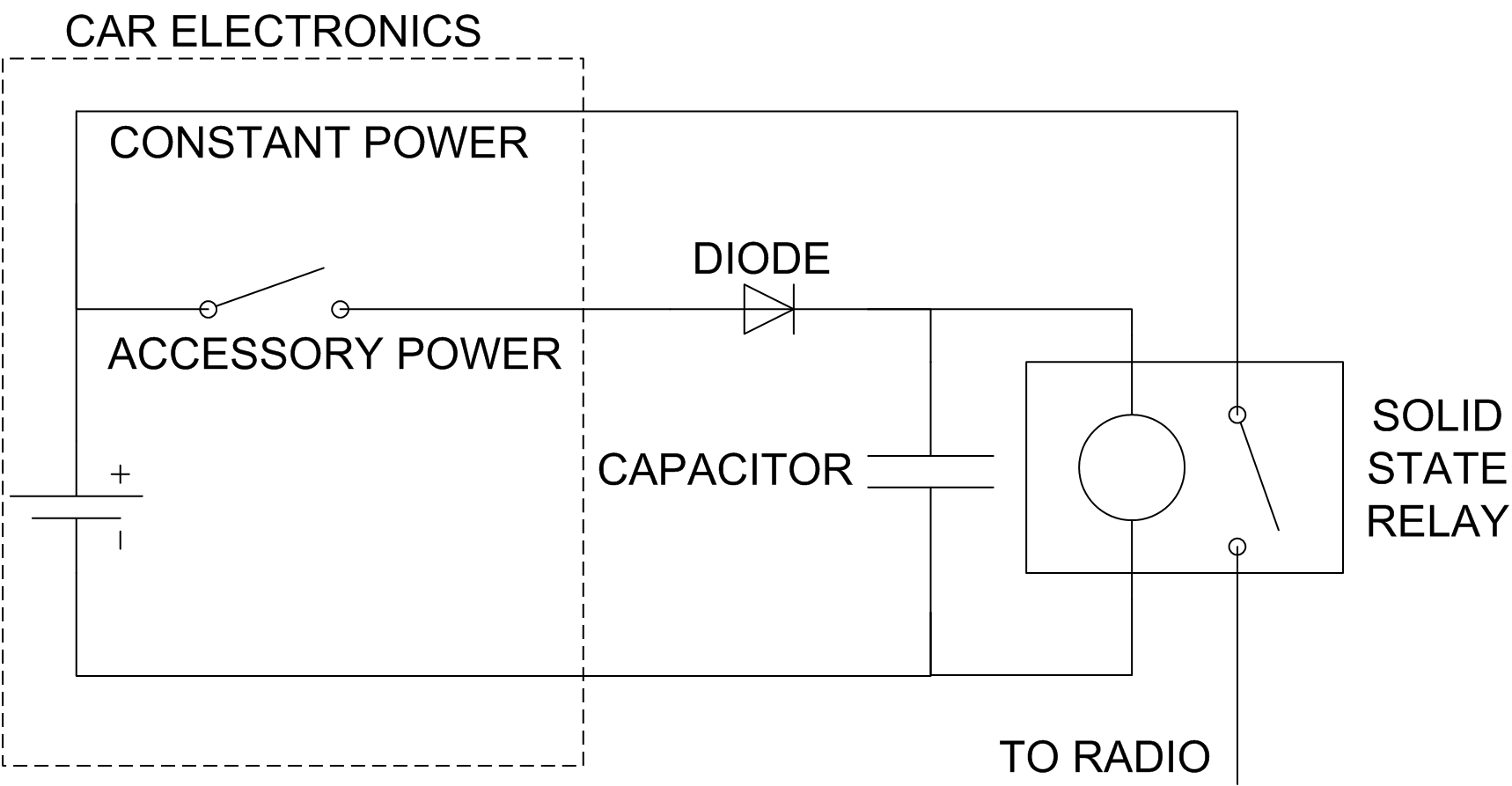
The car radio has the issue of losing track of the CD playback position when the ignition is turned off. This can be problematic during long journeys, especially when leaving an audiobook playing for passengers while refueling. A simple circuit was designed to maintain power to the radio for five seconds after the accessory power is cut off, allowing it to continue operating while the engine starts. The circuit consists of three main components: a diode, a capacitor, and a relay. The schematic shows that the diode is connected to the car's accessory power, followed by a capacitor and a relay. When the accessory power is activated, the capacitor charges and the relay closes, providing power to the radio. If the accessory power is interrupted, the capacitor supplies power to the relay until it discharges to a level that can no longer keep the relay activated. The diode prevents the capacitor's energy from flowing back into the car's electrical system. Determining the appropriate size for the capacitor and specifications for the relay requires calculations, but experimentation yielded satisfactory results. A solid-state relay was used due to its efficiency, as mechanical relays drained the capacitor too quickly. In cases where the relay does not handle sufficient current, a smaller relay can be used to control a larger relay capable of handling higher loads.
The circuit operates by utilizing the diode to prevent reverse current flow, ensuring that the capacitor retains its charge during the power interruption. The capacitor acts as a temporary power source, allowing the relay to remain activated for a predetermined duration, which is essential for maintaining the radio's operation during the engine start sequence. The selection of components is critical; the diode must be rated for the car's voltage and current levels, while the capacitor should have a capacitance value that supports the desired delay time. The relay's specifications must also align with the current requirements of the radio system.
In practical applications, a solid-state relay is preferred over mechanical relays due to its faster response time and lower power consumption. This choice enhances the overall efficiency of the circuit, minimizing the risk of rapid capacitor discharge. The experimentation phase is crucial, as different relays may exhibit varying characteristics in terms of power draw and activation time. For applications requiring higher current handling, the use of a smaller relay to control a larger relay is a viable solution, allowing for flexibility in the design while ensuring that the primary load is adequately supported.
Overall, this circuit design provides a practical solution to a common inconvenience faced by car radio users, enhancing the user experience during long drives by maintaining audio continuity even when the vehicle is started.Our car radio has the annoying habit of forgetting what part of a CD it was playing when you turn it off. On long drives this is a real drag; I`ll leave an audio book playing for my family in the car while I gas up, and when I turn the key from Accessory to Start, the radio turns off and back on again.
I built a cheap circuit that keeps the radio powered up five seconds after accessory power is interrupted, and this keeps the radio running while the engine turns over. The three key components for this circuit are a diode, a capacitor and a relay. Here`s a simple schematic of the circuit. From the car`s accessory power, we connect a diode, and from the diode we connect a capacitor and a relay.
When the car`s accessory power is turned on, the capacitor is charged, and the relay is activated (the switch closes). Thus the radio has power. When the accessory power is interrupted, the capacitor continues to power the relay until the capacitor has drained enough that it cannot keep the relay activated.
The diode keeps the capacitor`s energy from leaking back into the car`s circuitry. Someone smarter than I could probably calculate exactly what capacitor size and relay specs you`d want to hold the relay active for so much time, but I just experimented. I found that I needed a solid state relay because the mechanical, electromagnetic kind drained the capacitor too quickly.
Even among the solid state relays I tested, some drained the capacitor faster than others. If your relay doesn`t support enough current, as my 10A relay did not, you can use that relay to power the coil of another, bigger relay. In my case I got a traditional electromagnetic relay with a 70A limit, or something ridiculous like that, to power an amateur radio.
🔗 External reference
The circuit operates by utilizing the diode to prevent reverse current flow, ensuring that the capacitor retains its charge during the power interruption. The capacitor acts as a temporary power source, allowing the relay to remain activated for a predetermined duration, which is essential for maintaining the radio's operation during the engine start sequence. The selection of components is critical; the diode must be rated for the car's voltage and current levels, while the capacitor should have a capacitance value that supports the desired delay time. The relay's specifications must also align with the current requirements of the radio system.
In practical applications, a solid-state relay is preferred over mechanical relays due to its faster response time and lower power consumption. This choice enhances the overall efficiency of the circuit, minimizing the risk of rapid capacitor discharge. The experimentation phase is crucial, as different relays may exhibit varying characteristics in terms of power draw and activation time. For applications requiring higher current handling, the use of a smaller relay to control a larger relay is a viable solution, allowing for flexibility in the design while ensuring that the primary load is adequately supported.
Overall, this circuit design provides a practical solution to a common inconvenience faced by car radio users, enhancing the user experience during long drives by maintaining audio continuity even when the vehicle is started.Our car radio has the annoying habit of forgetting what part of a CD it was playing when you turn it off. On long drives this is a real drag; I`ll leave an audio book playing for my family in the car while I gas up, and when I turn the key from Accessory to Start, the radio turns off and back on again.
I built a cheap circuit that keeps the radio powered up five seconds after accessory power is interrupted, and this keeps the radio running while the engine turns over. The three key components for this circuit are a diode, a capacitor and a relay. Here`s a simple schematic of the circuit. From the car`s accessory power, we connect a diode, and from the diode we connect a capacitor and a relay.
When the car`s accessory power is turned on, the capacitor is charged, and the relay is activated (the switch closes). Thus the radio has power. When the accessory power is interrupted, the capacitor continues to power the relay until the capacitor has drained enough that it cannot keep the relay activated.
The diode keeps the capacitor`s energy from leaking back into the car`s circuitry. Someone smarter than I could probably calculate exactly what capacitor size and relay specs you`d want to hold the relay active for so much time, but I just experimented. I found that I needed a solid state relay because the mechanical, electromagnetic kind drained the capacitor too quickly.
Even among the solid state relays I tested, some drained the capacitor faster than others. If your relay doesn`t support enough current, as my 10A relay did not, you can use that relay to power the coil of another, bigger relay. In my case I got a traditional electromagnetic relay with a 70A limit, or something ridiculous like that, to power an amateur radio.
🔗 External reference
